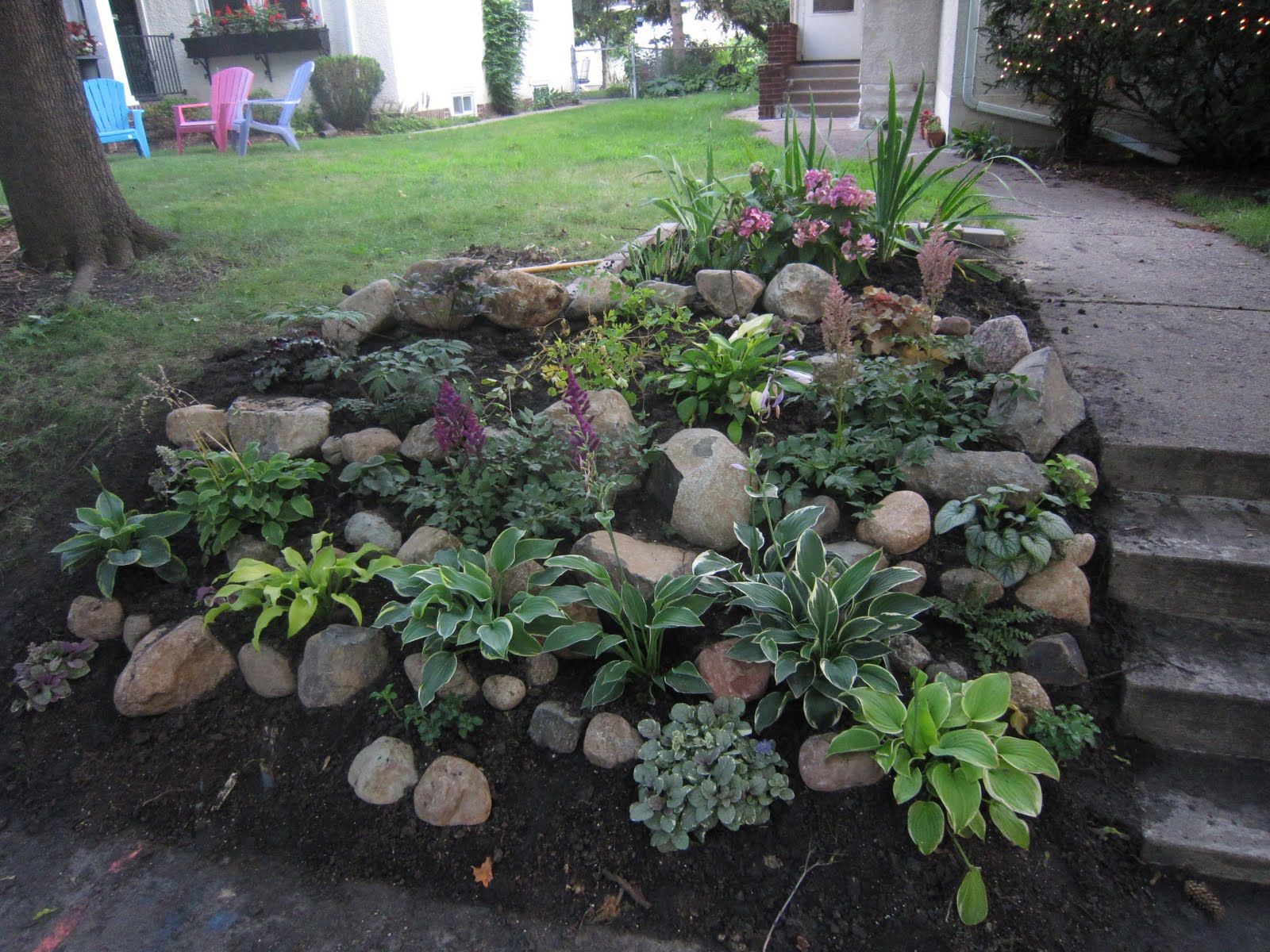Landscaping on a hill can be a challenging but rewarding task. The slope of the hill can make it difficult to work with, but with the right techniques, it can be transformed into a stunning and functional outdoor space. Here are some tips for landscaping on a hill.
One important factor to consider when landscaping on a hill is erosion control. The slope of the hill can cause water to run off quickly, which can lead to soil erosion. To prevent this, consider planting ground cover plants like creeping thyme or juniper, as they can help stabilize the soil and prevent erosion. Additionally, adding retaining walls or terraces can help create level surfaces and prevent erosion on steeper slopes.
When selecting plants for landscaping on a hill, choose ones that can thrive in the specific conditions of a sloped garden. Plants with deep root systems, such as conifers or ornamental grasses, are good choices as they can help anchor the soil and prevent erosion. Additionally, consider using plants that are drought-tolerant, as the slope of the hill can cause water to drain quickly, leaving plants more susceptible to drought.
Another important aspect of landscaping on a hill is creating pathways or steps to navigate the slope. This can not only make it easier to access different areas of the garden but can also help prevent erosion by providing a stable surface for walking. Consider using materials like gravel, pavers, or natural stone to create paths that blend seamlessly with the surrounding landscape.
Incorporating hardscaping elements like retaining walls, terraces, or rockeries can help add structure and visual interest to a sloped garden. Retaining walls can help create flat planting areas and can also be used to create seating areas or raised beds. Terraces can help break up the slope into more manageable sections and can be used to create different levels for planting. Rockeries can add texture and depth to the landscape and can provide habitat for wildlife.
One final tip for landscaping on a hill is to consider the overall design and aesthetics of the garden. Take into account the views from different areas of the garden, as well as how the garden will be viewed from different angles. Consider incorporating features like water features, sculptures, or ornamental plantings to create focal points and enhance the overall design of the garden. With careful planning and consideration, landscaping on a hill can create a beautiful and functional outdoor space that can be enjoyed for years to come.
















